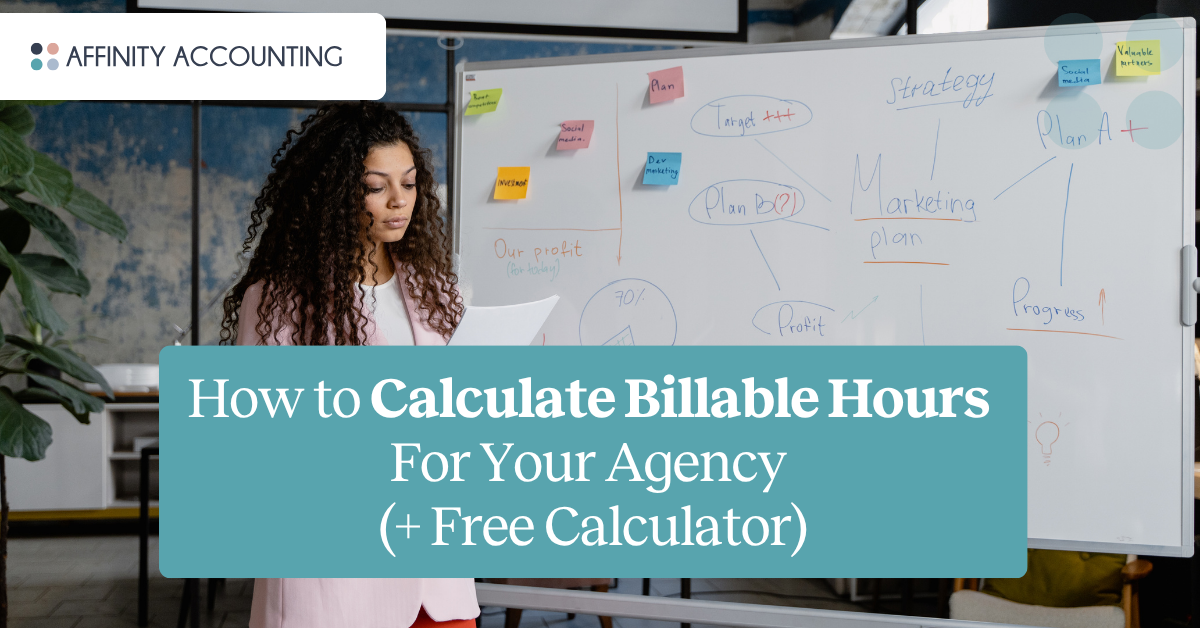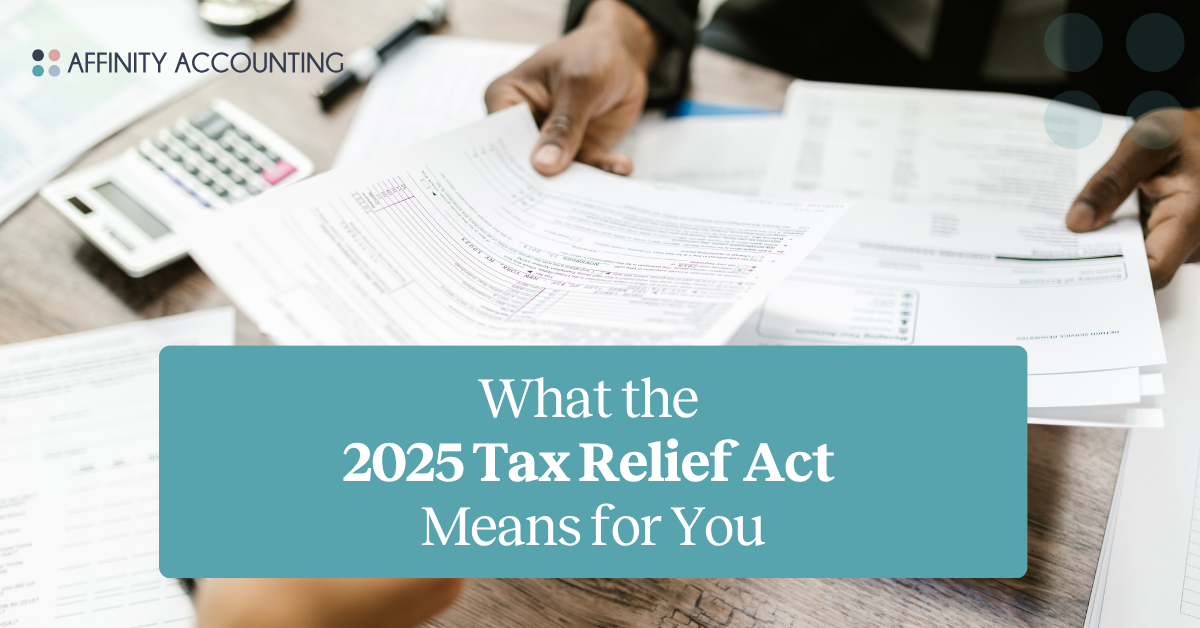If you run a marketing agency, you’ve probably had that moment where you look around and think,
“Why are we all working so hard, but the bank account doesn’t show it?”
Your team is slammed. The Slack messages never stop. You’ve got back-to-back meetings, client work piling up, and somehow it still feels like you’re running in place.
That feeling usually ties back to one key issue: you’re not sure how to calculate billable hours properly.
And if you’re not tracking billable hours, you’re not really seeing where your money is going or how your team is spending their time. It’s like driving without a dashboard.
Let’s break this down so it actually makes sense.
First off, what even counts as billable?
Billable hours are the hours your team spends doing actual client work. That means strategy calls, building out campaigns, designing graphics, writing copy, managing ad budgets, editing video, reporting on results, basically anything that moves a client’s project forward and is covered in your agreement or scope of work.
Here’s the thing, though.
It’s so easy to fall into the trap of thinking all work is billable. But it’s not. Team meetings, training sessions, internal systems, admin tasks, prospect calls — all of that is non-billable.
Necessary, sure. But not something you’re getting paid for directly.
When you start separating the two, a lot of agency struggles start to make sense. You realize how much of your week is spent on stuff that doesn’t directly bring in revenue.
And that’s when you start to regain control.
How do you calculate billable hours?
It’s simple math on the surface, but it tells a big story. Here’s the basic formula:
Billable Hours = Total Hours Worked – Non-Billable Hours
So let’s say your team worked 160 total hours last week. That includes everything: client work, admin, meetings, you name it.
But when you look closer, 40 of those hours were spent on stuff you can’t invoice for. That means:
160 total hours – 40 non-billable hours = 120 billable hours
That number, those 120 hours, that’s the real foundation of your revenue.
That’s what supports your business. It’s what keeps the lights on and pays your team. But if you’re not tracking it, or worse, if you’re overdelivering without realizing it — you can end up doing too much work for too little money.
And that’s when burnout creeps in. That’s when you start resenting your clients. That’s when it feels like no matter how hard you work, you’re never ahead.
The numbers behind the numbers
Once you know how many hours are actually billable, you can start to figure out some other really important metrics.
These aren’t just nice-to-haves. They’re the difference between running a profitable agency and running one that’s barely scraping by.
Billable Utilization Rate
This is the percentage of your team’s time that’s actually billable. It tells you how efficient your business really is.
Here’s the formula:
Billable Hours ÷ Total Hours Worked
So using the numbers above:
120 billable hours ÷ 160 total hours = 75 percent utilization
That’s a healthy number. Most agencies we work with shoot for somewhere between 70 and 85 percent. If it’s lower than that, it usually means one of three things.
Either you’re doing too much internal work, your team is underutilized, or you’re just not billing for all the work you’re doing.
Any of those can seriously eat into your margins.
Effective Hourly Rate (EHR)
Even if you charge flat fees, your time still has value. EHR helps you figure out what you’re actually earning per hour worked.
Here’s the formula:
Total Revenue ÷ Billable Hours
Say your agency earned $18,000 last week and you had 120 billable hours. That’s an effective hourly rate of $150.
It’s a super helpful way to compare projects and see which ones are truly profitable and which ones are dragging you down.
Capacity Planning
This one’s all about knowing when your team is maxed out. If you’re asking everyone to hit 45 billable hours per week when their realistic capacity is more like 30 or 35, you’re setting yourself up for burnout and turnover.
And if you’ve got way more capacity than you’re using, it might be time to bring in more clients, or scale back the team.
Without tracking billable hours, you’re guessing. And guessing makes it almost impossible to grow intentionally.
Why this matters for marketing agencies
The agency world is fast. There’s always another fire to put out, another deadline to hit, another Slack ping demanding your attention.
It’s easy to feel like you don’t have time to slow down and track the numbers.
But not tracking billable hours is what keeps you in that cycle.
It’s what leads to overdelivering, undercharging, and constantly questioning whether this business is really worth it.
You don’t have to stay stuck in that mode. You can build an agency that’s profitable, sustainable, and actually enjoyable to run.
But it starts with getting honest about where your time is going, and what it’s worth.
We help agencies figure this stuff out
At Affinity Accounting, we specialize in helping marketing agencies just like yours. We’ll help you get clear on your numbers, understand your capacity, and price your services in a way that supports the business you actually want to build.
If you’re tired of feeling like you’re doing everything right but still not getting ahead, let’s talk.
We’ll help you build the kind of business that pays you well for the incredible work you do.
You can book a quick introductory call by using our form here.
Until next time!


